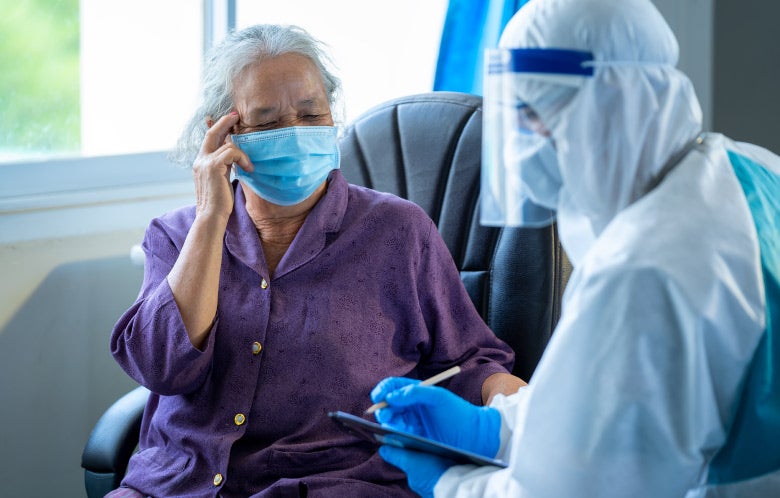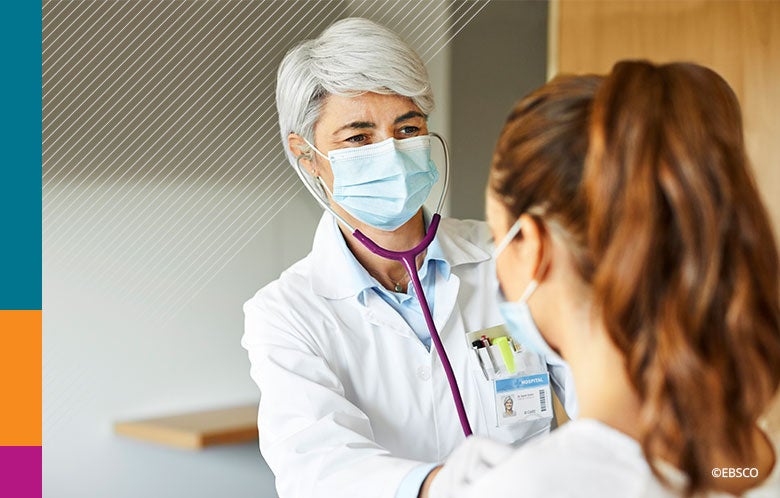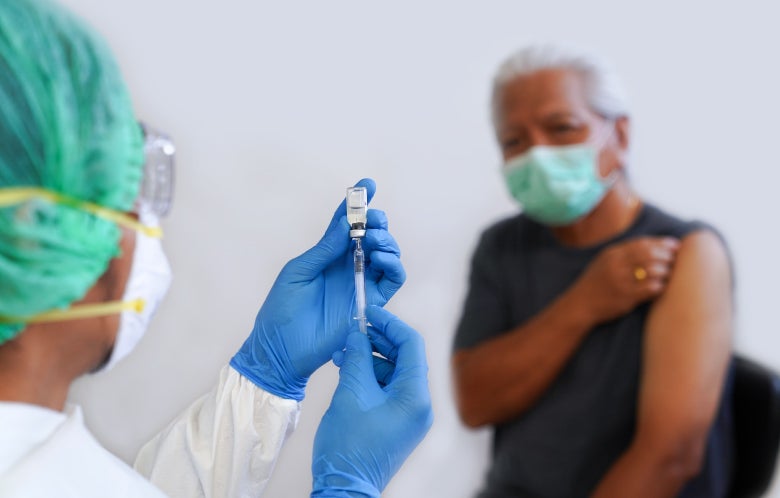Although systemic steroids seem to help patients very ill with COVID-19, the risks appear to outweigh the benefits in those less ill. The idea of repurposing previously manufactured and relatively inexpensive drugs to keep mild-moderately ill people out of the hospital has been highly attractive for months. Enter inhaled steroids.
The British National Health System conducted a large, open label, randomized trial called “PRINCIPLE” between April 2020 and March 2021, comparing usual care (antipyretics, hydration), usual care plus inhaled budesonide 800 µg twice daily, and a third arm looking at other therapies such as hydroxychloroquine, azithromycin, doxycycline, colchicine, and favipiravir in smaller groups. Researchers initially enrolled 3,635 patients with a combination of test-proven and clinically diagnosed COVID who were either 65 or older or 50 and older with comorbidities. The authors ran a second analysis limited to the 2,530 patients who tested positive for the SARS-CoV-2 virus after testing became widely available. They measured two endpoints at 28 days: the number of days to a self-reported and sustained recovery and the number of days until either hospitalization or death after enrollment. The third arm, wherein patients received various tablets, was not discussed in detail in this paper, although the PRINCIPLE group published separate results suggesting that neither azithromycin nor doxycycline were effective against COVID-19.
Results were analyzed with a Bayesian method that adjusted for age and comorbidities at baseline. The reported median time to recovery for people inhaling budesonide was 2.94 days shorter with a 95% Bayesian credible interval (CrI) of 1.19 to 5.11 days, corresponding to a > 0.999 probability of superiority. The odds ratio of either requiring hospitalization or dying within 28 days for those taking inhaled budesonide versus usual care was 0.75, with a 95% CrI of 0.55 to 1.03, corresponding to a 0.963 probability of superiority which includes the potential for a statistically significant but clinically negligible effect.
This is consistent with other evidence from smaller trials and provides decent quality evidence that inhaled budesonide might help vulnerable people with COVID-19. The use of Bayesian analysis deserves some mention. Bayes theorem essentially states that outcomes depend on pre-existing population characteristics. In this instance, any intervention is more likely to benefit a population that is more vulnerable to the disease in question. Based on this study, the credible interval of shortened time until recovery suggests there is a 95 percent chance the true reduction in recovery time was between one and five days. If we used standard frequency-based analysis instead of Bayesian analysis, a confidence interval would have been reported instead of a credible interval, predicting that any given patient had a 95 percent chance of a shortened recovery time between these two intervals. One other point worth mentioning regarding internal validity of the study is the fact that the components of the primary composite outcome were changed during study execution to include illness duration (in addition to COVID-related hospital admission and death) due to lower-than-expected event rates. This diminishes the quality of this evidence meaningfully. Still, the principal finding from the PRINCIPLE study suggests that budesonide does seem to speed recovery in people at higher pretest probability of severe disease from COVID-19.
For more information, see the topic COVID-19 (Novel Coronavirus) in DynaMed®.



